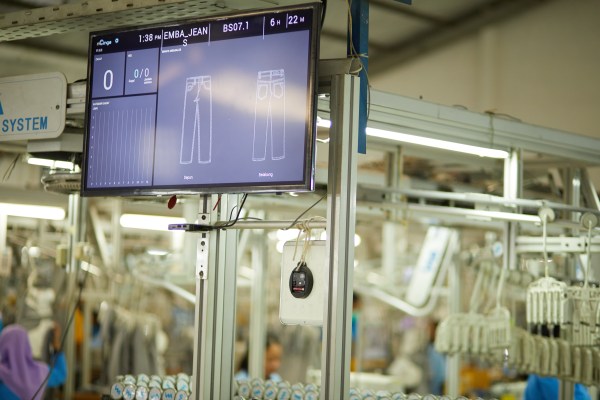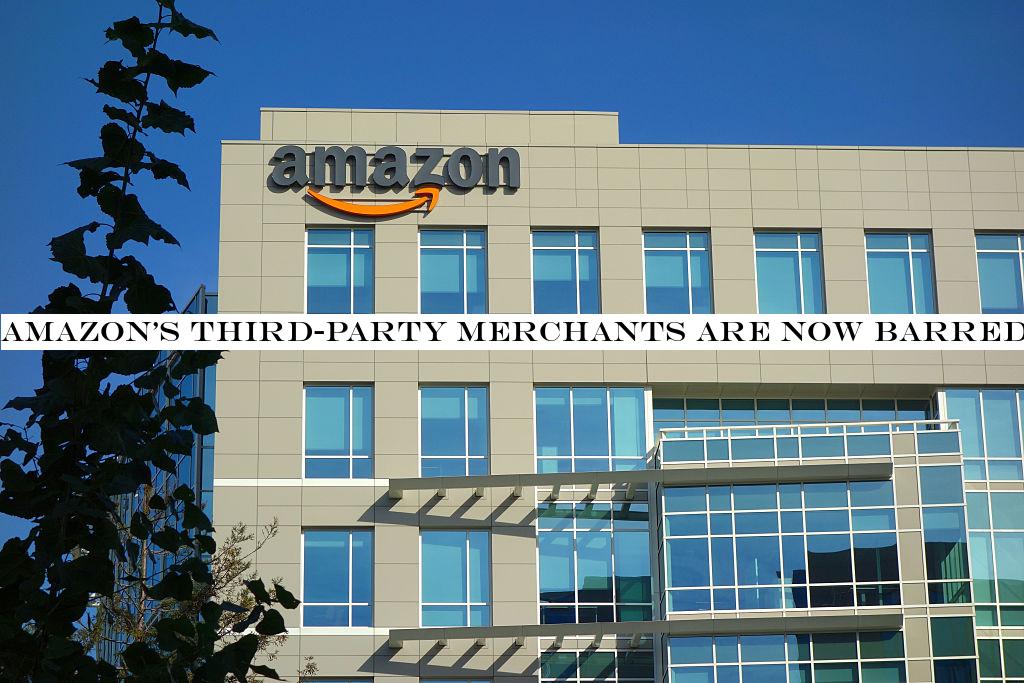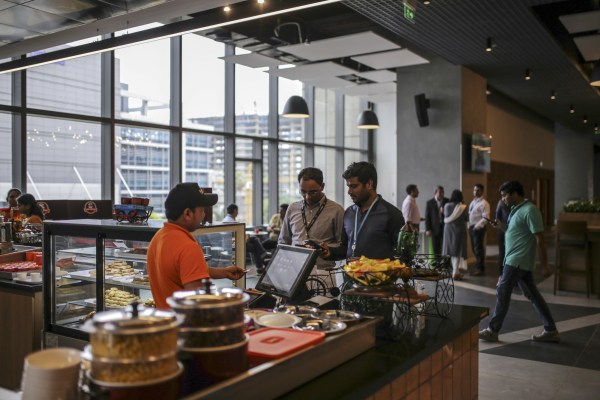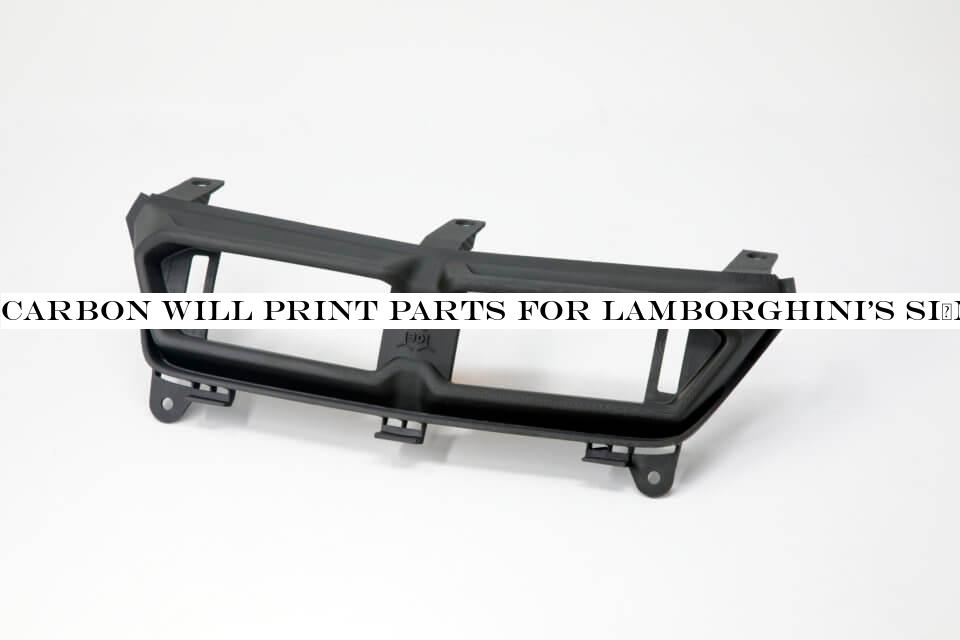Technology

Singaporefashion startup Zilingo has acquired Sri LankaSaaS startup nCinga in a $15.5 cash and stock deal, the two said today.
nCinga, founded in 2013, offers an IoT platform to enable real-time production monitoring on factory floors and data analytics tools. Its acquisition is one of Sri Lankalargest tech exits in recent times, the two said.
Zilingo, which has built several pieces of supply chain — manufacturing, logistics, payments, etc for retailers and brands, said it will deploy the Sri Lankan startupManufacturing Execution System (MES) software across its network of 6,000 factories and 75,000 businesses.
Ankiti Bose, co-founder and chief executive of Zilingo, said, nCingaproduct has helped the startup &drastically improve& efficiency and drive insights by digitizing the shop floor. &Their work has been crucial to our mission of creating a transparent, sustainable, economically viable and socially responsible apparel supply chain,& she said.
Zilingo &has long& been a client of nCinga, she said.
Retailers continue to struggle with meeting consumer demand for fast, responsibly produced products due to inefficiencies and information asymmetry, said Zilingo, which is steps away from becoming the latest Southeast Asian unicorn. The acquisition will enable it to help customers in the United States, Europe and Australia, where brands traditionally lack transparency over supply chain and manufacturing processes, it said.
Zilingo will also help to expand the reach of nCingasoftware to core fashion manufacturing markets such asBangladesh, India, Vietnam, Indonesia, Thailand and Turkey. In a statement, nCinga chief executiveImal Kalutotage said the startup &hopes to do great things together.&
The announcement today comes weeks after Zilingo said it planned to invest $100 million to expand its supply chain in the U.S.
Itunclear how much capital nCinga had raised prior to todayannouncement. According to Crunchbase, nCingalast financing was its seed round five years ago.
- Details
- Category: Technology
Read more: Fashion platform Zilingo acquires Sri Lankan SaaS startup nCinga for $15.5M
Write comment (97 Comments)
Third-party vendors were told by Amazon over the weekend that they are barred from using FedExground delivery services for Prime shipments. The Wall Street Journal reports that a message sent by Amazon to merchants on Sunday said the ban will last &until the delivery performance of these ship methods improves.& The e-commerce platform will still allow FedEx Ground for non-Prime shipments and FedEx Express, a faster but pricier option, for Prime.
Third-party sellers now account for more than half the products sold on Amazon.com and the companydecision on FedExground delivery comes during the peak of the holiday shopping season. Over the summer, FedEx ended partnerships with Amazon to provide it with express air deliveries and ground shipments.
An Amazon spokesperson said that the company is managing cutoffs for delivery by Christmas and want to ensure that customers receive their packages on time. TechCrunch has also contacted FedEx for comment.
Both FedEx and UPS both experienced recent shipping delays, which they said were caused by record shipping volumes and weather issues.
Amazon has also been under scrutiny by federal antitrust regulators, with some complaints centered on whether or not it forces sellers to rely on its own logistics network. The companyfocus on its warehouse and delivery services, combined with its status as the largest online retailer in the U.S., has turned it into a major competitor against FedEx, UPS and the United States Postal Service.
A recent Morgan Stanley report estimates that Amazon is currently delivering about 46% of the items ordered through its U.S. site and predicts Amazon Logistics not only start providing shipments for non-Amazon orders, but overtake FedEx, UPS and the USPS in shipment volume by 2022.
- Details
- Category: Technology
Read more: Amazon’s third-party merchants are now barred from using FedEx Ground for Prime shipments
Write comment (96 Comments)SpaceX has successfully launched its 13th rocket this year, and its 11th Falcon 9 (the company also flew two Falcon Heavy missions in 2019). The launch included the re-use of a twice flown Falcon 9 booster stage, which it recovered again with a landing at sea aboard one of its droneship landing pads, and a recovery attempt of both halves of the nose cone fairing that protects the spacecraftcargo and that is shed before the upper stage reaches its target orbit.
This launch carried a Boeing-built satellite that was created to provide communications services for customers Kacific and SKY Perfect JSAT, and it seems to have delivered the payload to the target orbit as planned. But primary mission success is only half the story here & and the other half is key to SpaceXefforts to make even more of its launch system reusable over time.
Elon Musk rocket company has been recovering Falcon 9 (and more recently, Super Heavy) boosters since 2015 and has done 47 successful first stage recoveries in total, but its fairing catching system is a much more recent introduction. SpaceX first controlled the descent of, and recovered a fairing half in 2017 & but did so by dropping it into the ocean. It later began attempting to recover it using a barge recovery ship to keep from having to fish it out of the sea, and managed to do that successfully for the first time with one half of the two-part fairing used in a Falcon Heavy launch this past June.

The attempt to catch the fairings was not successful & SpaceX said on Twitter that both halves missed the waiting boats &narrowly,& but added that recovery teams will still seek to pull them from the ocean and see about re-using them on future missions. SpaceX re-flew a recovered fairing in November for the first time, and Musk has said previously that re-use of this part could save SpaceX as much as $6 million per mission, which is around 10% of the total cost of launch.
- Details
- Category: Technology

HungerBox, an Indian food tech startup that has courted 10 of the 11 largest companies in the country to use its services, today announced it has raised $12 million from Paytm and others as it looks to sign clients in Southeast Asia.
The three-year-old startupnew financing round, a Series C, was funded by a consortium of Indian and international investors, including payments firm Paytm and NPTK, an Asian VC fund that invests in emerging firms. Existing investors Sabre Partners and Neoplux also participated in the round, which pushes the Bangalore-based startupto-date raise to $16.5 million.
HungerBox offers management services to companies and institutions to improve and run their in-house cafeterias and canteens. HungerBox also enables its clients to connect with food partners through an app and get real-time updates of their order.
The startup, which also provides these firms with a point-of-sale machine, helps them get better insight into the quality of food being catered to their employees, and enables scheduled delivery and tracking of orders to address the long queues, said Sandipan Mitra, co-founder and chief executive of HungerBox, in an interview with TechCrunch.
&We all talk about the food delivery to consumers, but not many are looking to improve the quality of food and how it is being catered to tens of millions of employees in the country each day,& he said. &Ita challenge that has not been addressed well.&
It turns out, when a startup finally looked into the space, many quickly jumped to appreciate it. HungerBox has amassed more than 126 large businesses and institutions — with more than 100,000 workforce each, across 18 Indian cities, said Mitra. Food delivery startups Swiggy and Zomato have started to explore this space, too, in recent quarters.
HungerBox is processing 560,000 orders each day, a figure that is growing 10% every month, claimed Mitra. The startupsolutions are today employed at more than 535 cafeterias for its clients that work in IT / technology, retail, healthcare, aviation, education, financial services and manufacturing, he said. He declined to reveal the name of the clients, citing confidential agreements.
Annual food sales on the HungerBox platform have exceeded $100 million, he said.
The startup, which employs 1,500 people, will use the fresh capital to fuel its expansion in 10 additional Indian cities and to markets in Southeast Asia, said Mitra.
In a statement, Madhur Deora, president of Paytm, said HungerBox has enabled Paytm to add new use cases for the companypayments business and digitization of offline transactions.
&HungerBox is the market leader in the institutional food tech space and we will partner closely with them and bring the benefits of Paytmecosystem to HungerBox,& he said.
- Details
- Category: Technology
Read more: Indian B2B food tech startup HungerBox raises $12M from Paytm and others
Write comment (96 Comments)Carbon today announced the expansion of its partnership with Lamborghini. The white-hot 3D-printing startup will manufacture central and lateral dashboard air vents for the carmakerSián FKP hybrid sports car.
The move follows the deal announced earlier this year that found Carbon printing a fuel cap and an air duct clip for LamborghiniUrus SVU. Baby steps, honestly, but important ones nonetheless. Lamborghini follows in Fordfootsteps with the Carbon partnership.

Itclear that automotive companies are interested in introducing custom 3D-printed parts, and Carbon has proven a degree of scalability with partnerships with companies like Adidas. It was clear from the outset, however, that such a deal would need to begin with smaller pieces, before injection molding could be replaced outright.
According to Carbon, the addition of 3D printing reduced the time to production by 12 weeks over more traditional manufacturing tools. The units were put through the paces, too, subjecting the EPX 82 material to a battery of stress tests.
&With the Carbon Digital Manufacturing Platform, we were able to go from an initial concept to showing the final part on a show car in only three weeks, passing through many different design iterations to get the best result,& Lamborghini CTO Maurizio Reggiani said in a release. &Just three months later, we were able to move into production.&
In a recent conversation with TechCrunch, Carbonnew CEO Ellen Kullman noted the companypush toward developing existing partnerships before rushing into new ones. &[T]herea lot of building out to do of what we&ve already committed to,& she told the site.
- Details
- Category: Technology
Read more: Carbon will print parts for Lamborghini’s Sián FKP 37 hybrid sports car
Write comment (96 Comments)
Most tech companies — particularly B2B companies — either don&t understand the power of a brand, or do a really poor job of creating one.
An informal survey of a dozen of my young CEO friends showed that, given the choice, 10 out of 12 — 83% — would rather spend an extra dollar on product development than brand-building. It is dangerous (or at least foolish) to assume that the ROI on product development is greater than the ROI on brand building.
As a serial entrepreneur and CEO, I have had to make this choice many times. In 2006, I co-founded PC backup company Carbonite . I left the company five years ago after taking it public and I no longer have any financial interest in it, which is why I can write about it now — it was just sold for $1.4 billion to OpenText. There were many other backup products on the market at that time and many more appeared over the first five years of the companylife. I would argue that Carbonite was slicker than most of the others, but essentially every backup product accomplishes the same result.
Unlike Carbonitecompetitors, we focused on our brand. That meant raising more money than we would have if we were just investing in R-D. But, after five years of investing in our brand, we had eleven times the brand recognition of any other consumer backup company and we dominated the market.
Herewhy: a study by Kettlefire Creative showed that 59% of people prefer to buy brands that they have heard of. Since none of our competitors had widely recognized brands, we got most of that 59%. Of the remaining 41%, we fought it out on other criteria and won most of that as well. Put yourself in the shoes of a potential customer looking to back up their PC. What do you worry about? Well, before we even launched the company, we asked PC owners to choose the five most important attributes of their ideal backup company from a list of ten possible attributes, and we found the following:
1. Trustworthy: you won&t look at my files or allow anyone to see them (1127 votes)
2. Peace of mind: when I go to retrieve my backup, it will always be there (811 votes)
3. Reliable: it backs up everything and doesn&t stop (696 votes)
4. Helpful: if I lose my computer, I want to talk to a human who can help me (446 votes)
5. Easy: it should be simple and require little attention (444 votes)
The attributes that didn&t make the top five:
6. Fast: backups happen quickly
- Details
- Category: Technology
Read more: Brand power vs. product power
Write comment (91 Comments)Page 113 of 5614

 6
6